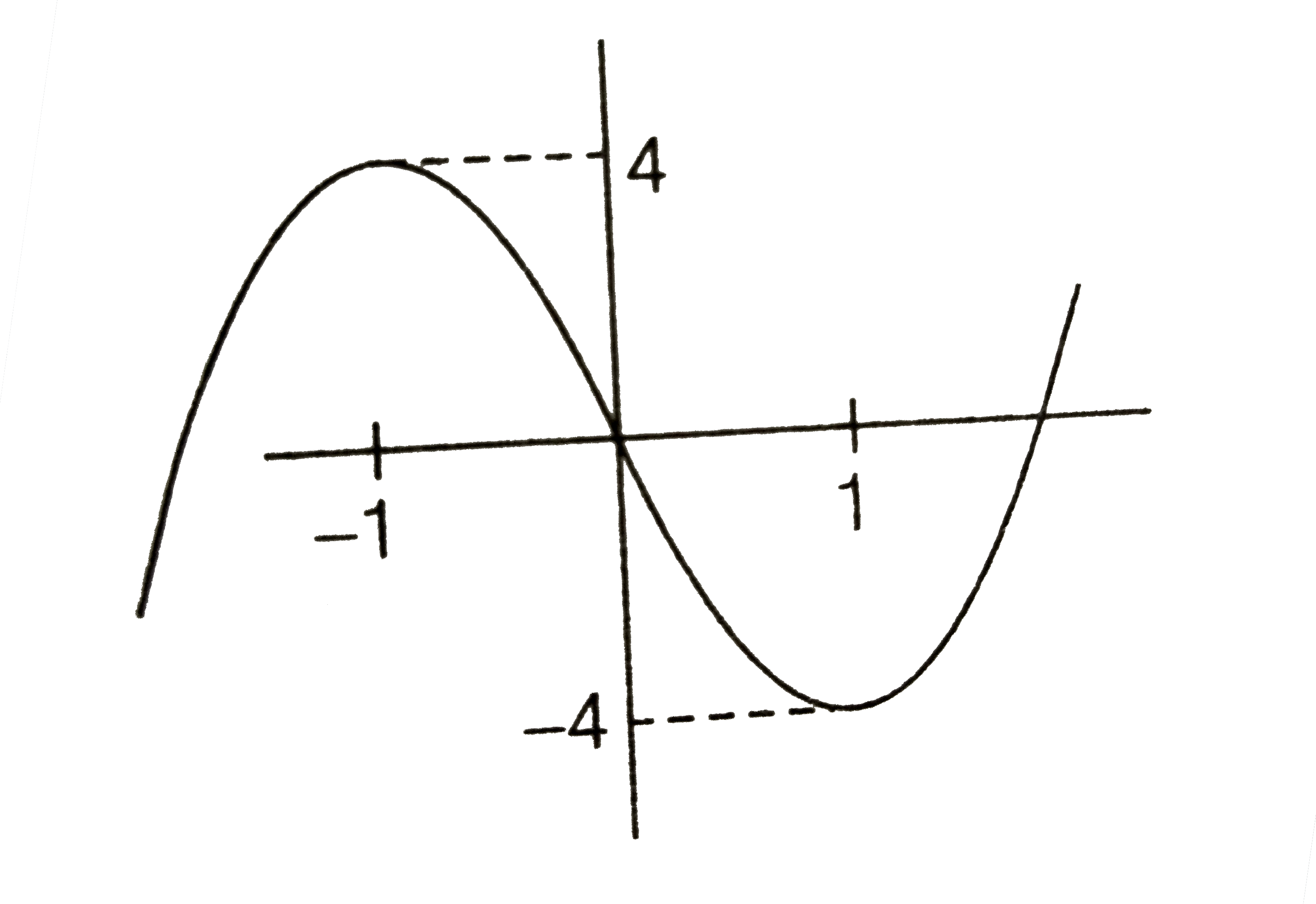Let a and let f: be given by f(x) then
A
has three real roots if
B
has only one real root fi
C
has three real roots if
D
has three real roots, if
Video Solution
Text Solution
The correct Answer is:D
and

Clearly has one real root, if and three real roots if .
|
Topper's Solved these Questions
- THEORY OF EQUATIONSBOOK - ARIHANT MATHSCHAPTER - THEORY OF EQUATIONSEXERCISE - Exercise (Subjective Type Questions)
24 Videos
- THE STRAIGHT LINESBOOK - ARIHANT MATHSCHAPTER - THE STRAIGHT LINESEXERCISE - Exercise (Questions Asked In Previous 13 Years Exam)
18 Videos
- THREE DIMENSIONAL COORDINATE SYSTEMBOOK - ARIHANT MATHSCHAPTER - THREE DIMENSIONAL COORDINATE SYSTEMEXERCISE - Exercise (Questions Asked In Previous 13 Years Exam)
44 Videos
Similar Questions
Knowledge Check
Let f:R→Randg:R→R be given by f(x)=x2andg(x)=x3+1, then (fog) (x)
Ax6+1Bx6−1C(x3−1)2D(x3+1)2Let f:R→R be defined by f(x)=x4, then
Af is one-one and ontoBf may be one-one and ontoCf is one-one but not ontoDf is neither one-one nor ontof:R→R given by f(x)=5-3 sin x, is
Aone-oneBontoCone-one and ontoDnone of these
Let R be the set of real number and the mapping f:R→Randg:R→R be defined by f(x)=5−x2andg(x)=3x−4, then the value of (fog) (−1) is
View SolutionLet f:R→R and g:R→R be given by f(x)=3x2+2andg(x)=3x−1 for all x→R. Then,
View SolutionLet f:R→R be defined by f(x)=3x-4. Then, f−1(x) is
View SolutionLet f:R→R be a function defined b f(x)=cos(5x+2). Then,f is
View SolutionLet the function f:R→R be defined byf(x)=x3−x2+(x−1)sinxandletg:R→R be an arbitrary function Let fg:R→R be the function defined by (fg)(x)=f(x)g(x). Then which of the folloiwng statements is/are TRUE ?
View Solution
